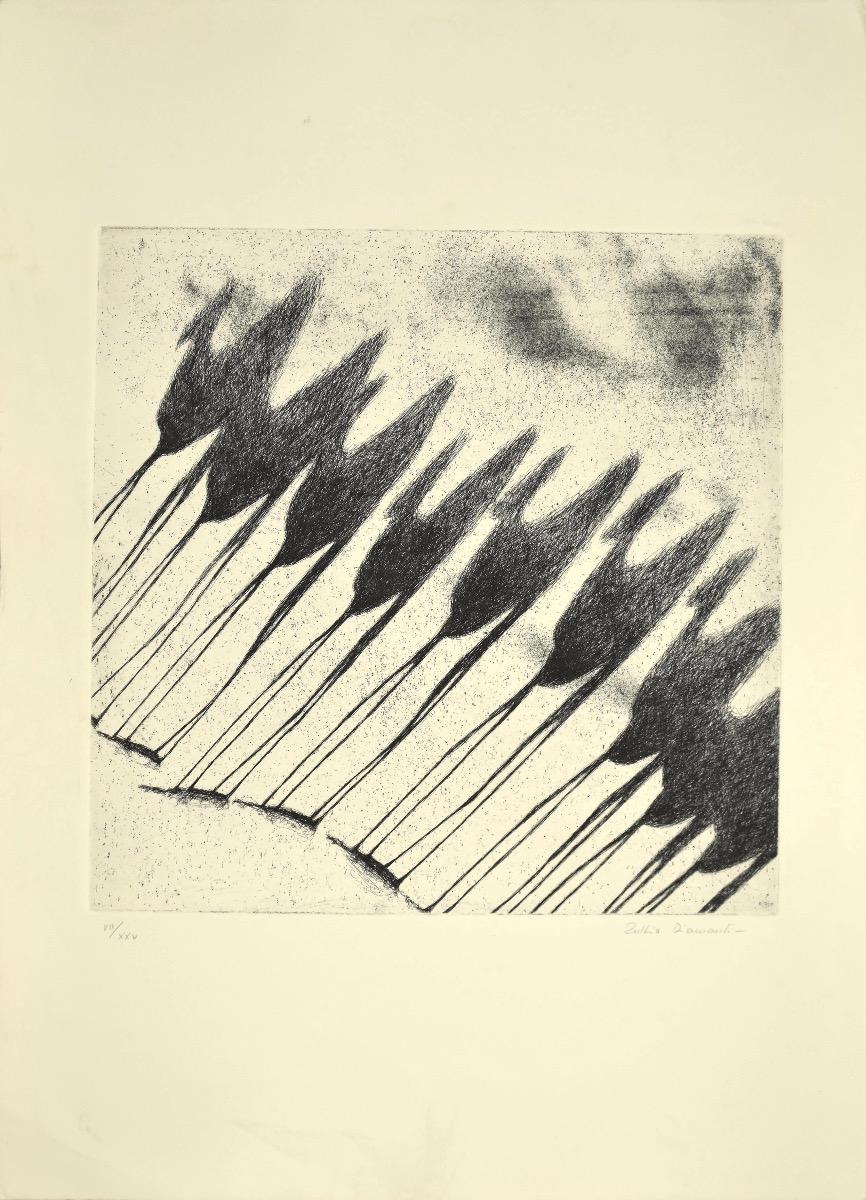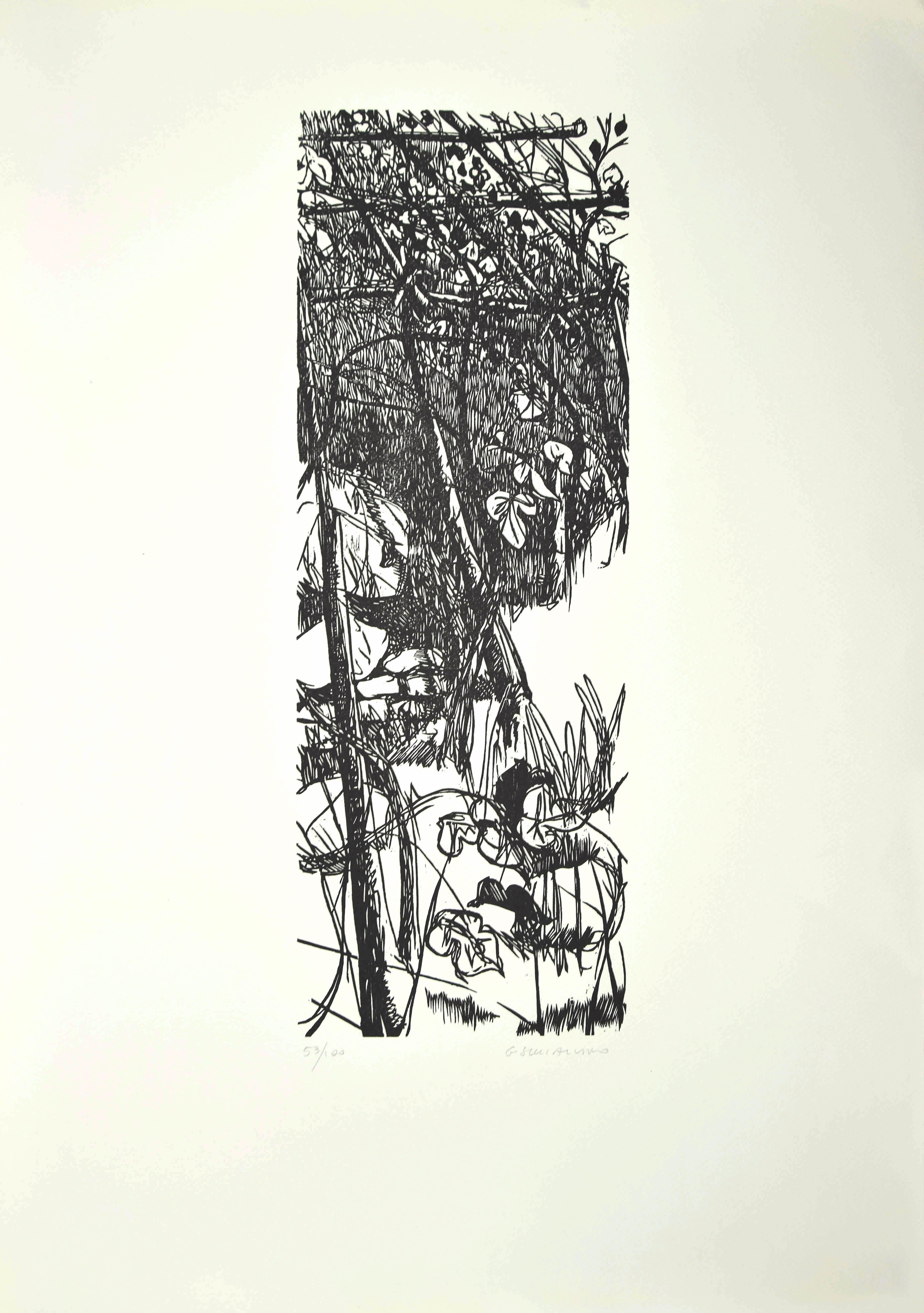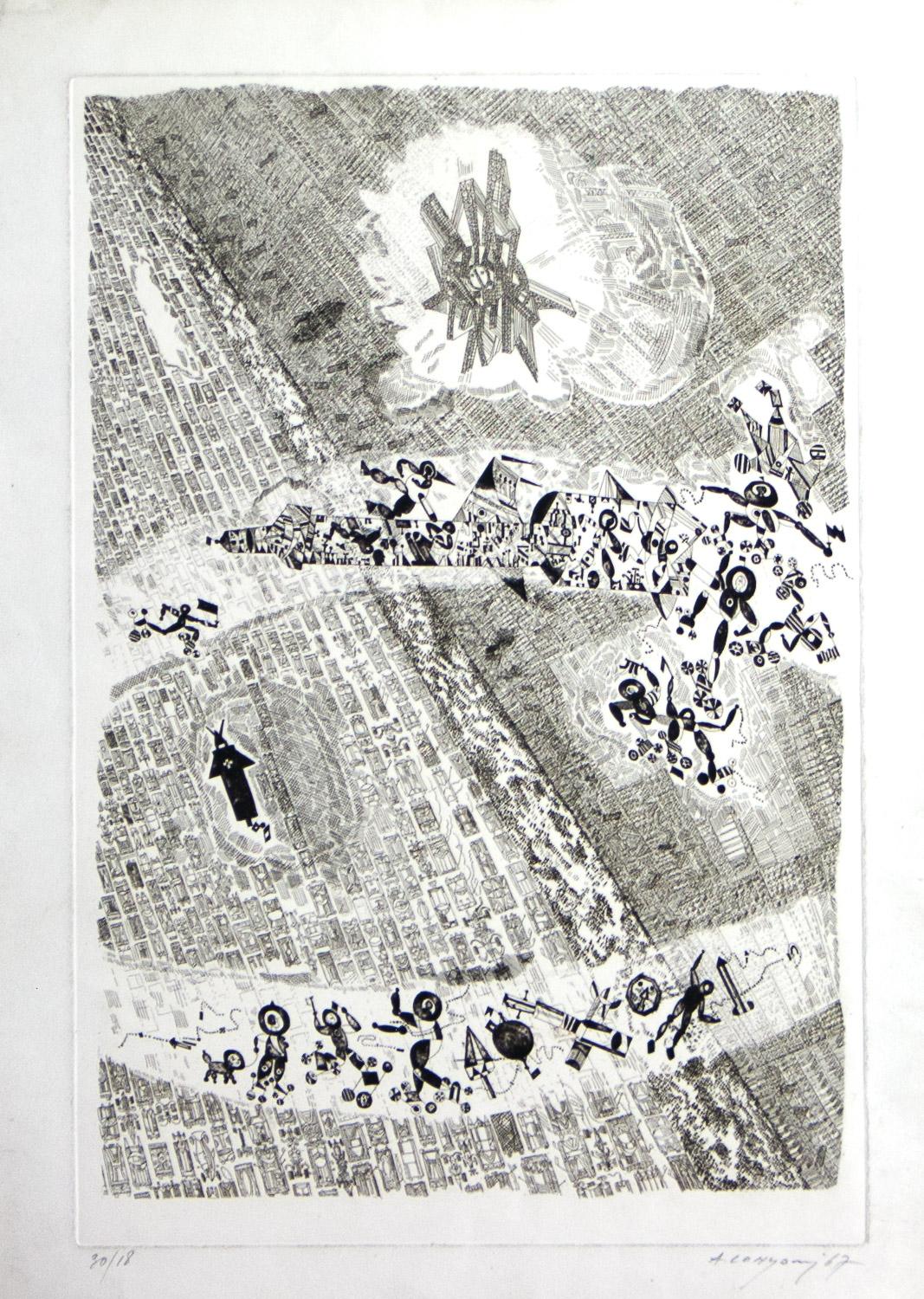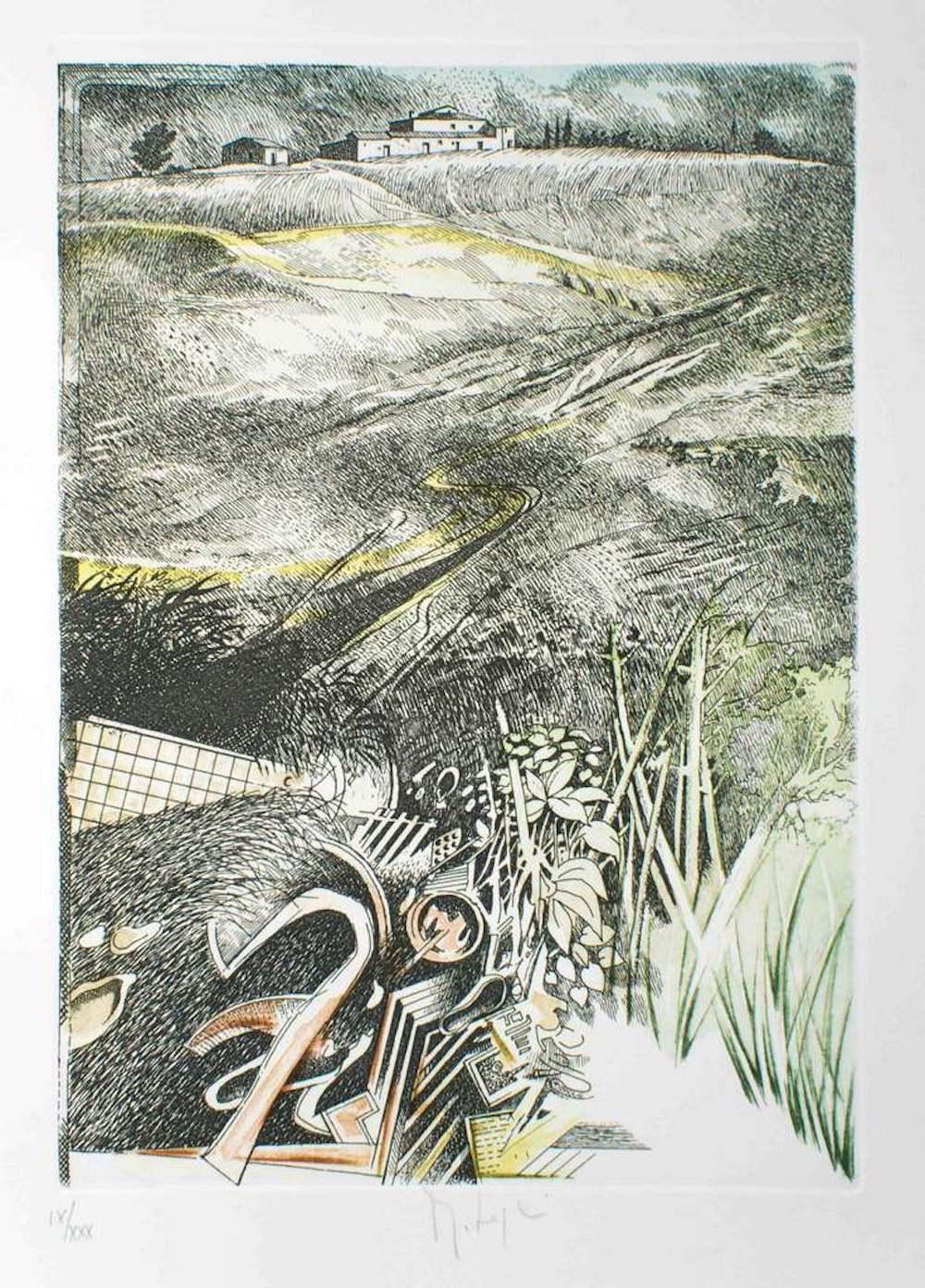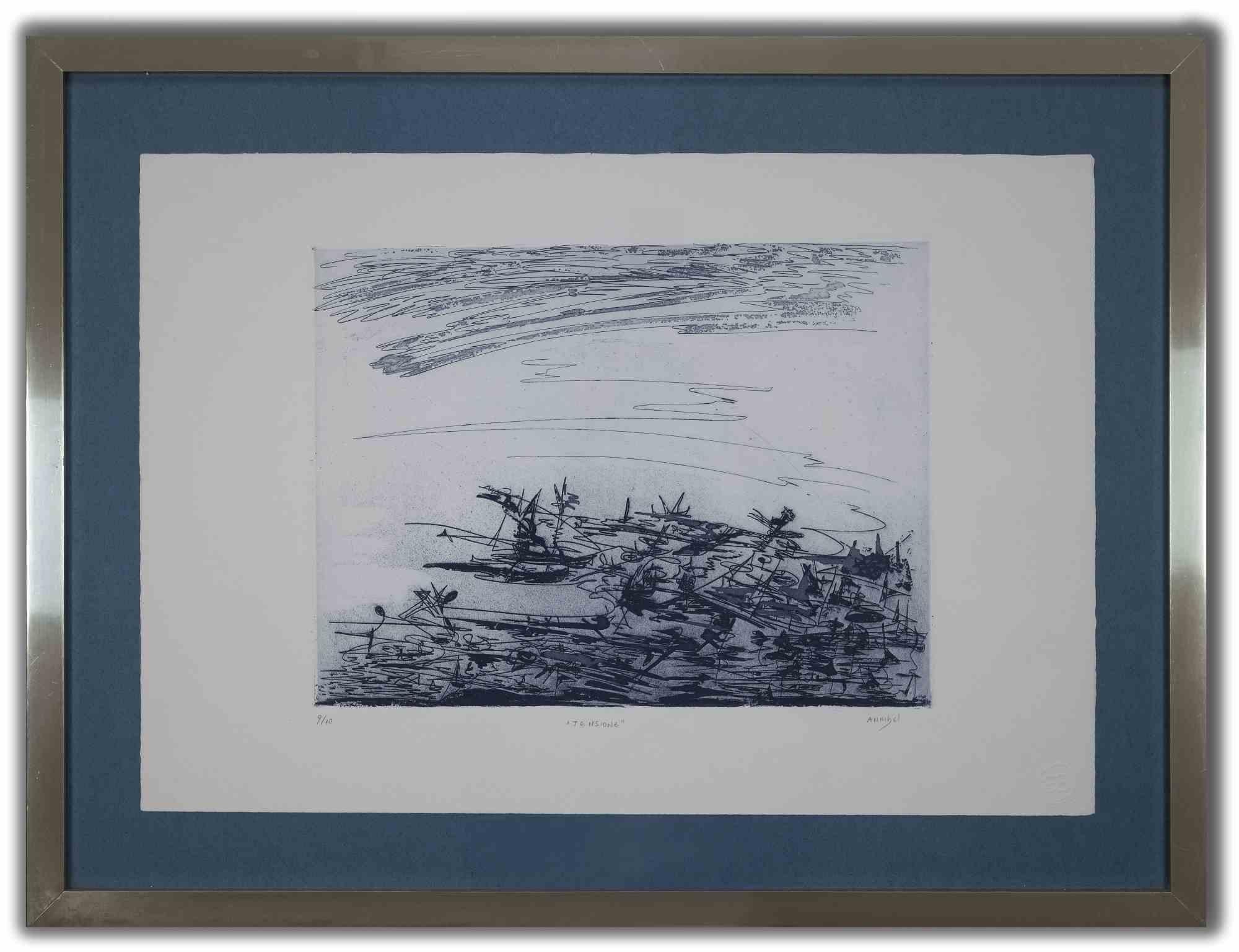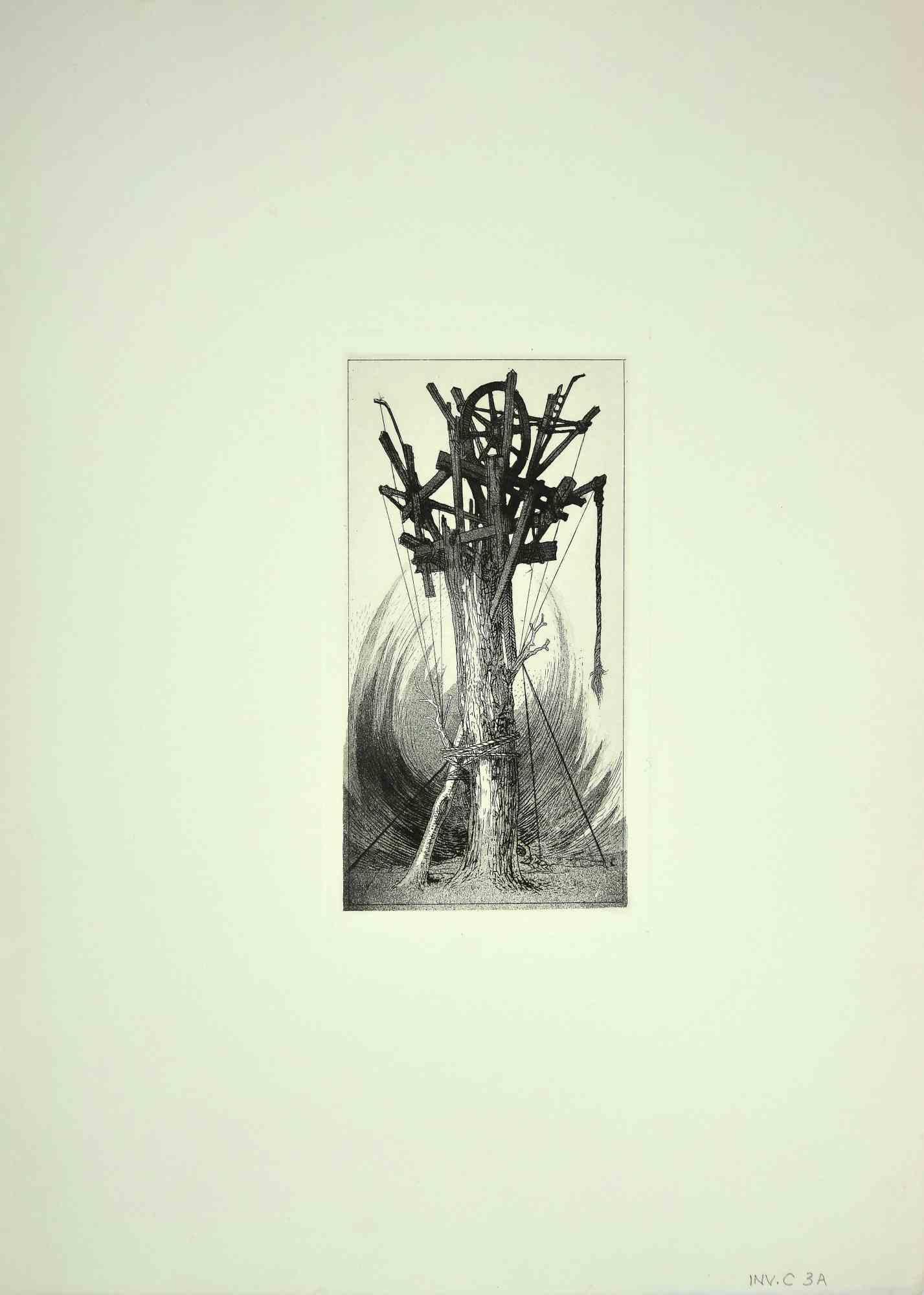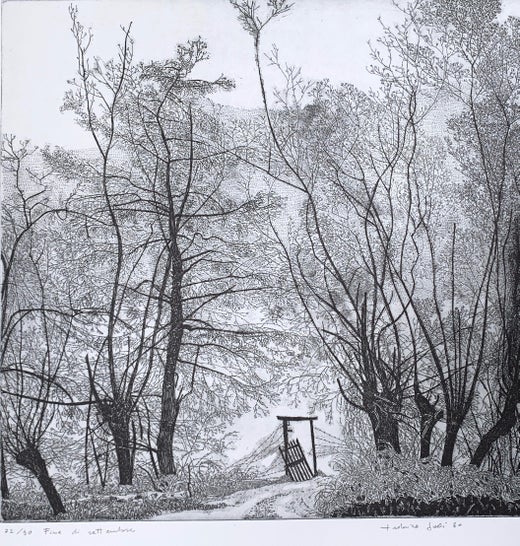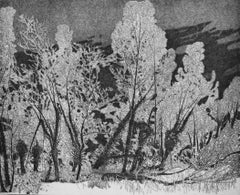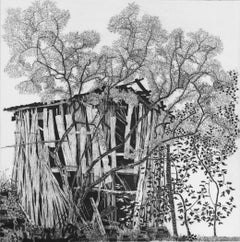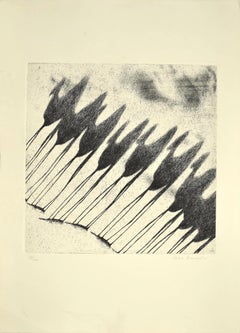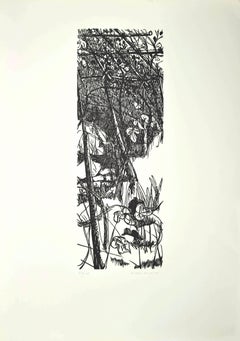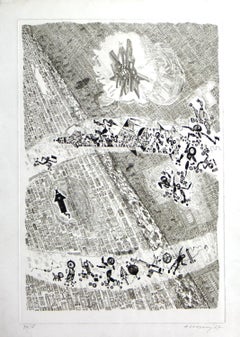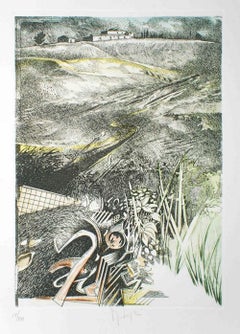Federica GalliAntique halberds etching inspired in Venice by Italian leader in printmaker1985
1985
About the Item
- Creator:Federica Galli (1932 - 2009, Italian)
- Creation Year:1985
- Dimensions:Height: 19.34 in (49.1 cm)Width: 9.61 in (24.4 cm)
- Medium:
- Movement & Style:
- Period:
- Framing:Framing Options Available
- Condition:
- Gallery Location:Milan, IT
- Reference Number:1stDibs: LU431311820652
Federica Galli
Federica Galli was an Italian contemporary artist, born in 1932, in Soresina, a village just outside Cremona, in Italy. She was a prominent figure of the art of engraving in Italy. Straight after World War II, in 1946, she convinced her parents to enrol her at the Artistic Lyceum, in Milan and in 1950, she went on to attend the Academy of Fine Arts of Brera, from where she graduated four years later, with a diploma in painting.
Federica began engraving in 1954, experimenting with etching, a technique she never abandoned for the rest of her life. In 1966, she married the journalist, Giovanni Raimondi, who was the editor-in-chief of the Corriere della Sera and began to embark on a densely packed programme of cultural trips, which took her to the most important European capitals and to countries where the art of engraving was less deeply rooted. This was also the year in which she got convinced that engraving was the technique in which she expressed herself most effectively and started to apply herself exclusively to this art form, producing over 800 different subjects.
Starting from her early personal exhibitions, the first one took place in 1960, in Milan, Federica met with the favor of the public and critics alike. In the space of a few years, she could count on the support of some of the most authoritative critics of her time. She obtained the most prestigious institutional acknowledgements given to any contemporary artist, which was of being the first living artist to be invited to exhibit at the Fondazione Cini, in Venice, in 1987, with a collection dedicated to the lagoon city. Collectors of her works include people of culture from Italy and abroad and individuals known for their cultivated passion for the graphic arts.
- ShippingRetrieving quote...Shipping from: Milan, Italy
- Return Policy
More From This Seller
View All20th Century Naturalistic Prints and Multiples
Etching
20th Century Contemporary Prints and Multiples
Etching
1980s Realist Landscape Prints
Etching
20th Century Contemporary Landscape Prints
Etching
20th Century Contemporary Prints and Multiples
Etching
1980s Realist Landscape Prints
Etching
You May Also Like
1980s Contemporary Figurative Prints
Etching
Late 20th Century Contemporary Figurative Prints
Etching
1960s Abstract Abstract Prints
Etching
1980s Contemporary Figurative Prints
Etching
Late 20th Century Modern Figurative Prints
Etching
1970s Contemporary Figurative Prints
Etching
